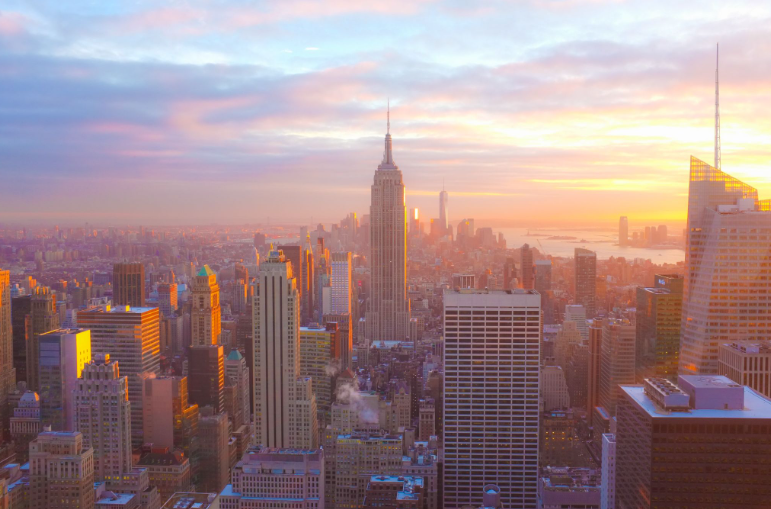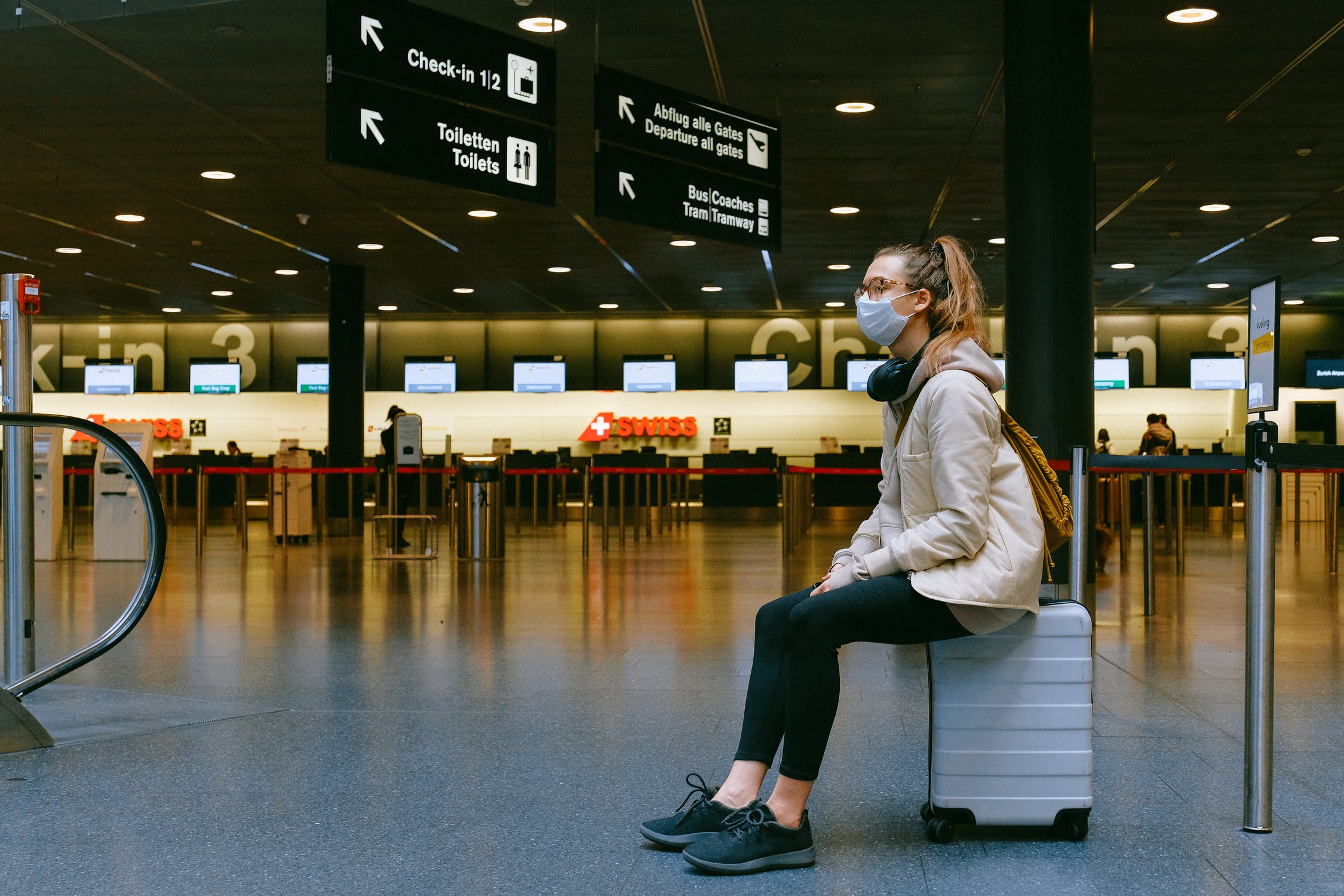
In today’s competitive job market, the role of GPA in determining post-graduate success has long been debated. While academic achievement undoubtedly holds value, recent findings from a survey conducted by Madonna University shed new light on the intricate relationship between GPA and career outcomes.
Contrary to conventional wisdom, the survey revealed that GPA alone does not dictate one’s trajectory after graduation. While there exists a correlation between higher GPAs and certain indicators of success, such as receiving multiple job offers and securing higher starting salaries, it’s essential to consider the broader context.
First and foremost, the survey unveiled a significant disparity in starting salaries among recent graduates. Despite the prevailing notion that a high GPA guarantees a lucrative entry-level position, a substantial portion of respondents reported starting salaries below $50,000. This challenges the assumption that academic performance directly translates into financial rewards in the professional realm.
Moreover, the survey underscored the importance of holistic factors in shaping post-graduate experiences. While GPA may open doors, it is often overshadowed by qualities such as networking prowess, internship experiences, and interpersonal skills. In fact, a staggering 90% of respondents emphasized the significance of soft skills in their current roles, suggesting that qualities beyond academic prowess play a pivotal role in career advancement.
Furthermore, the survey shed light on the evolving significance of GPA throughout one’s career journey. While many recent graduates initially highlight their GPA during the job search process, the majority opt to omit it from their resumes after gaining professional experience. This shift in emphasis underscores the dynamic nature of career success, wherein academic achievements serve as a stepping stone rather than a defining factor.
Ultimately, the survey findings challenge the conventional narrative surrounding GPA and post-graduate success. While academic excellence remains a valuable asset, it is by no means the sole determinant of one’s professional trajectory. As students navigate their academic journey, it is imperative to recognize the multifaceted nature of success and prioritize holistic development beyond the confines of GPA.
In essence, while GPA may open doors, it is one’s ability to leverage opportunities, cultivate meaningful connections, and demonstrate adaptability that ultimately paves the way for long-term success in today’s competitive landscape. As Madonna University‘s survey emphasizes, success lies not only in academic achievements but also in the cultivation of a diverse skill set and a resilient mindset conducive to thriving in any professional arena.


 The metaverse, as well as several virtual currencies such as crypto, bitcoin, and NFT, appear to be enticing investors. People may begin to shift their investments to the metaverse market as the inflation rises. Virtual reality and new technological breakthroughs are predicted to be a fast-growing sector in 2022.
The metaverse, as well as several virtual currencies such as crypto, bitcoin, and NFT, appear to be enticing investors. People may begin to shift their investments to the metaverse market as the inflation rises. Virtual reality and new technological breakthroughs are predicted to be a fast-growing sector in 2022. “Just 2 weeks.” A sentence many of us heard during the beginning of the pandemic that we believed would be true. As those weeks turned to months and months turned to years, we started to realize that this virus would soon turn life as we know it upside down.
“Just 2 weeks.” A sentence many of us heard during the beginning of the pandemic that we believed would be true. As those weeks turned to months and months turned to years, we started to realize that this virus would soon turn life as we know it upside down. Hindsight is 20/20. It’s a saying we’ve all heard throughout our lives and there’s no exception to it, especially when it comes to retirement. It’s a stage in our careers many are looking forward to, but from saving too little or starting too late, a recent
Hindsight is 20/20. It’s a saying we’ve all heard throughout our lives and there’s no exception to it, especially when it comes to retirement. It’s a stage in our careers many are looking forward to, but from saving too little or starting too late, a recent 

